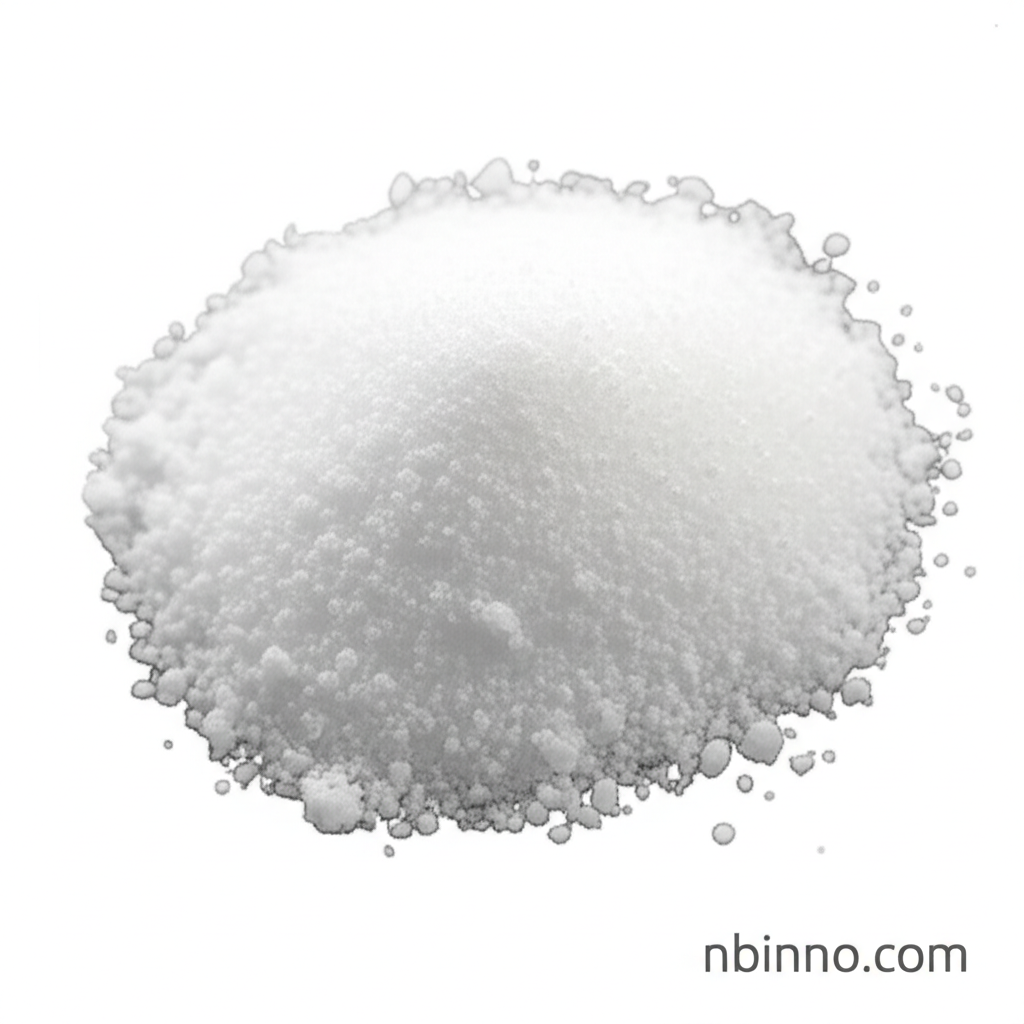Unlock the Potential of Dimethyl 2,6-Pyridinedicarboxylate (CAS 5453-67-8)
Discover its role as a crucial organic intermediate for synthesis and its environmental applications.
Get a Quote & SampleProduct Core Value

Dimethyl 2,6-Pyridinedicarboxylate
As a vital building block in organic synthesis, Dimethyl 2,6-Pyridinedicarboxylate (CAS 5453-67-8) is instrumental in creating complex molecules. Its unique pyridine structure and ester functionalities make it a sought-after intermediate for pharmaceuticals, agrochemicals, and various fine chemicals. Its versatility extends to environmental applications, where it acts as a chelating agent for heavy metal ion removal and plays a role in soil remediation.
- This pyridine derivative is a key intermediate for organic synthesis, facilitating the creation of pharmaceuticals and agrochemicals.
- Its white to off-white powder appearance and melting point of 121-125 °C make it easy to handle in laboratory settings.
- The compound's solubility in chloroform and slight solubility in water aid in its preparation for various chemical reactions and property studies.
- Explore its potential as a chelating agent for wastewater treatment and its role in promoting ecological balance through soil remediation efforts.
Key Advantages
Versatile Organic Synthesis Building Block
Leverage Dimethyl 2,6-Pyridinedicarboxylate for a broad range of organic synthesis projects, enabling the development of new drugs and specialty chemicals.
Environmental Remediation Potential
Utilize this compound for effective wastewater treatment, focusing on heavy metal ion removal and contributing to a cleaner environment.
High Purity and Stability
Benefit from a reliable supply of this compound, characterized by high purity, ensuring consistent results in your chemical processes.
Key Applications
Pharmaceutical Intermediate
Serve as a crucial starting material in the synthesis of Active Pharmaceutical Ingredients (APIs), contributing to drug discovery and development.
Agrochemical Synthesis
Act as an intermediate in the production of crop protection chemicals, enhancing agricultural productivity and efficiency.
Fine Chemical Production
Be an essential component in the manufacturing of various fine chemicals, catering to diverse industrial needs and advancements.
Environmental Protection
Contribute to sustainable practices by acting as a chelating agent for wastewater treatment and supporting soil remediation efforts.
